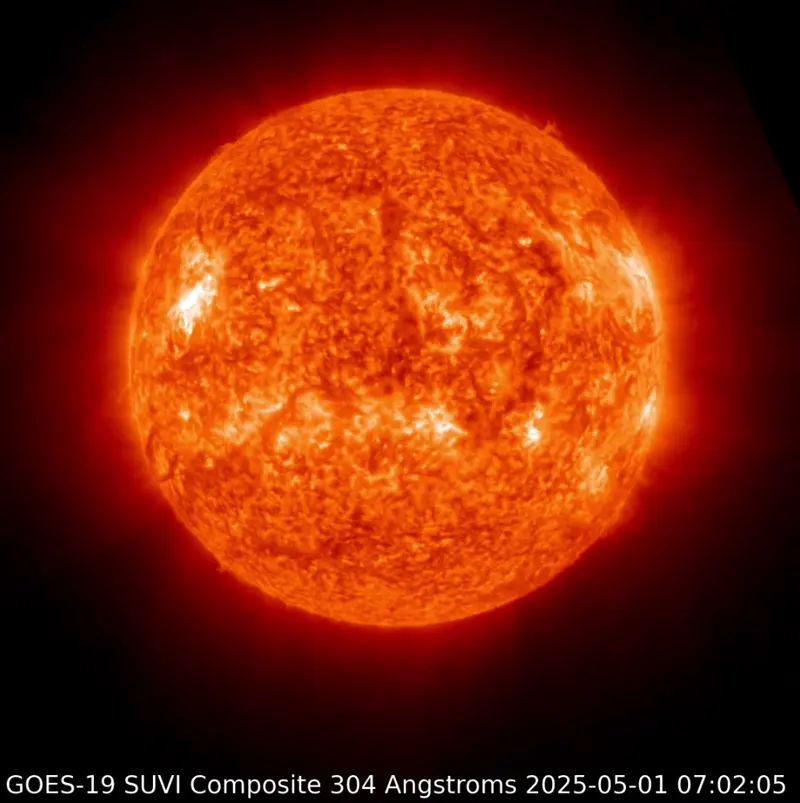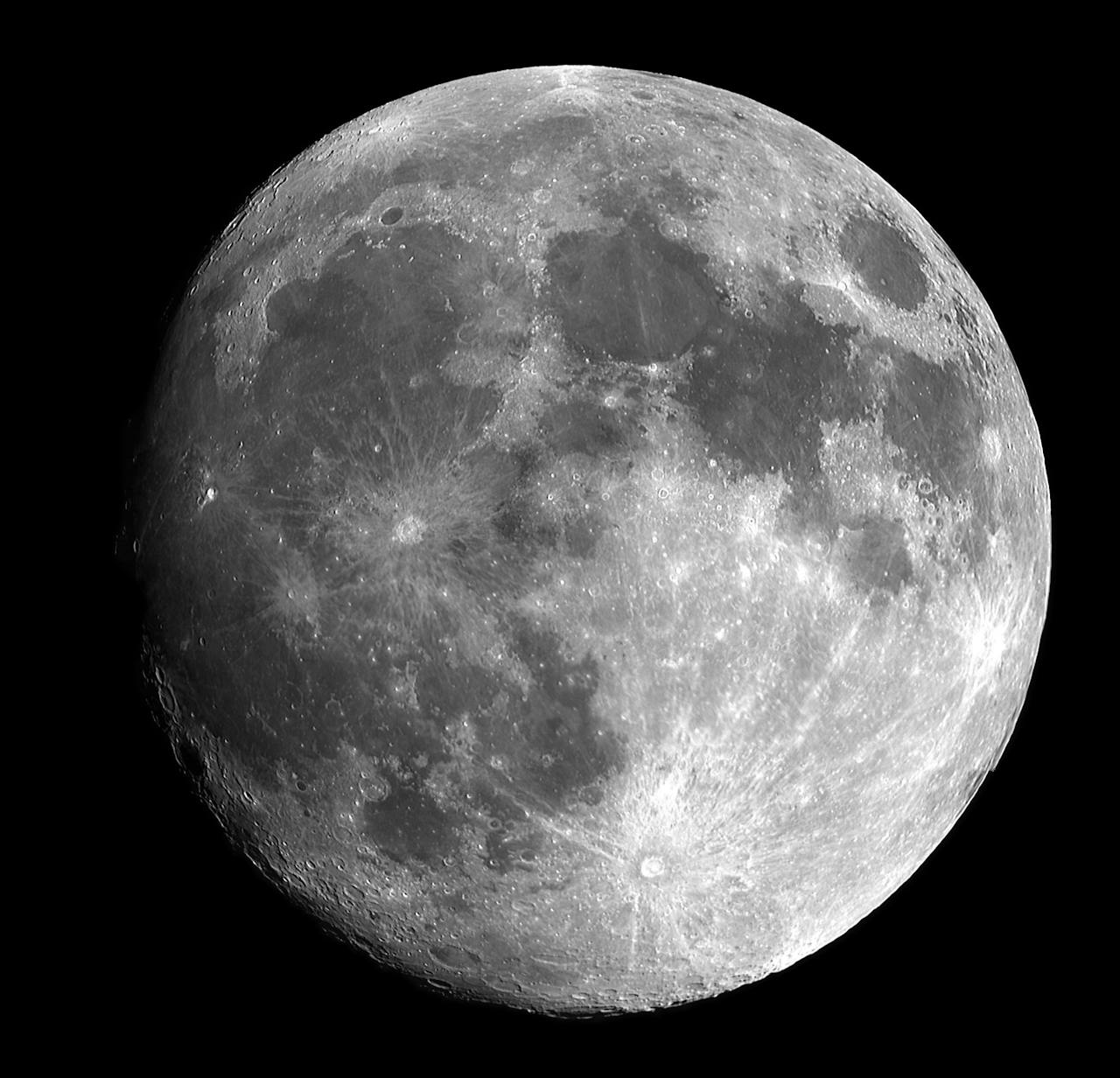Unveiling the Powerhouse
Our Sun, the radiant heart of our solar system, is far more than a simple light source. It’s a colossal, dynamic entity whose inner workings and outer expressions are filled with mind-boggling physics and captivating phenomena. For those eager to explore beyond the basics, let’s uncover some more intricate details about our star:
1. The Sun: A Stellar Giant Fueled by Fusion:
As we know, the Sun is a star, a massive ball primarily composed of hydrogen (about 73%) and helium (about 25%). What makes it shine so brightly? Deep within its core, a process called nuclear fusion takes place. Under immense pressure and staggering temperatures, hydrogen atoms fuse together to form helium, releasing an enormous amount of energy in the process, following Einstein’s famous equation, E=mc2. This energy is what powers our entire solar system.
2. The Sun’s Multi-Layered Structure:
The Sun isn’t a uniform ball. It has a distinct layered structure:
The Core: This is where nuclear fusion occurs, generating the Sun’s energy. Temperatures here reach around 15 million degrees Celsius.
The Radiative Zone: Energy from the core travels outward through this zone in the form of photons. These photons constantly collide with particles, causing them to take a very long and zig-zag path.
The Convective Zone: In this outer layer of the Sun’s interior, hot plasma rises towards the surface, cools, and then sinks back down, creating a cycle of convection that transports energy.
The Photosphere: This is the visible surface of the Sun that we see. It’s where the light we receive originates.
The Chromosphere: A layer above the photosphere, characterized by its reddish glow, visible during a solar eclipse.
The Corona: The outermost layer of the Sun’s atmosphere, extending millions of kilometers into space. It’s much hotter than the photosphere, a mystery scientists are still actively investigating.
3. A Surprisingly Long Journey for Light:
The energy generated in the Sun’s core takes a remarkably long time to reach its surface. The photons created through fusion in the core embark on a “random walk” through the dense plasma of the radiative zone. They are constantly absorbed and re-emitted, changing direction countless times. Scientists estimate that it can take tens of thousands to even a million years for a photon to travel from the Sun’s core to the photosphere! Once it reaches the photosphere, it travels the vast distance to Earth in about 8 minutes and 20 seconds. Think about that – the sunlight warming your face today was generated in the Sun’s heart potentially millennia ago!
4. The Dynamic Sun: Sunspots, Flares, and Coronal Mass Ejections:
The Sun is not a static object. It exhibits a range of dynamic activities driven by its complex magnetic field:
Sunspots: These are temporary, darker, and cooler regions on the photosphere caused by intense magnetic activity. They follow an approximately 11-year cycle.
Solar Flares: These are sudden, intense bursts of energy and radiation from the Sun’s surface, often associated with sunspots. They can release enormous amounts of energy in a short period.
Coronal Mass Ejections (CMEs): These are huge expulsions of plasma and magnetic field from the Sun’s corona. When directed towards Earth, CMEs can interact with our planet’s magnetic field, causing geomagnetic storms that can affect satellites, power grids, and communication systems, as well as create spectacular auroras (the Northern and Southern Lights).
5. The Sun’s Eventual Fate:
Just like all stars, our Sun has a life cycle. It’s currently in its middle age, a phase called the main sequence. In about 5 billion years, the Sun will exhaust the hydrogen fuel in its core. It will then expand into a red giant, potentially engulfing the inner planets, including Earth. Eventually, it will shed its outer layers, leaving behind a dense, hot core called a white dwarf, which will slowly cool down over trillions of years.
Understanding the Sun is key to understanding our entire solar system and our place within it. Its immense power, intricate structure, and dynamic behavior continue to be subjects of intense scientific study. So, keep looking up, keep questioning, and keep exploring the amazing science of our star!
Sources & related Content:
Our Sun: Facts- NASA Science | Nuclear fusion | How Does Nuclear Fusion Work?


